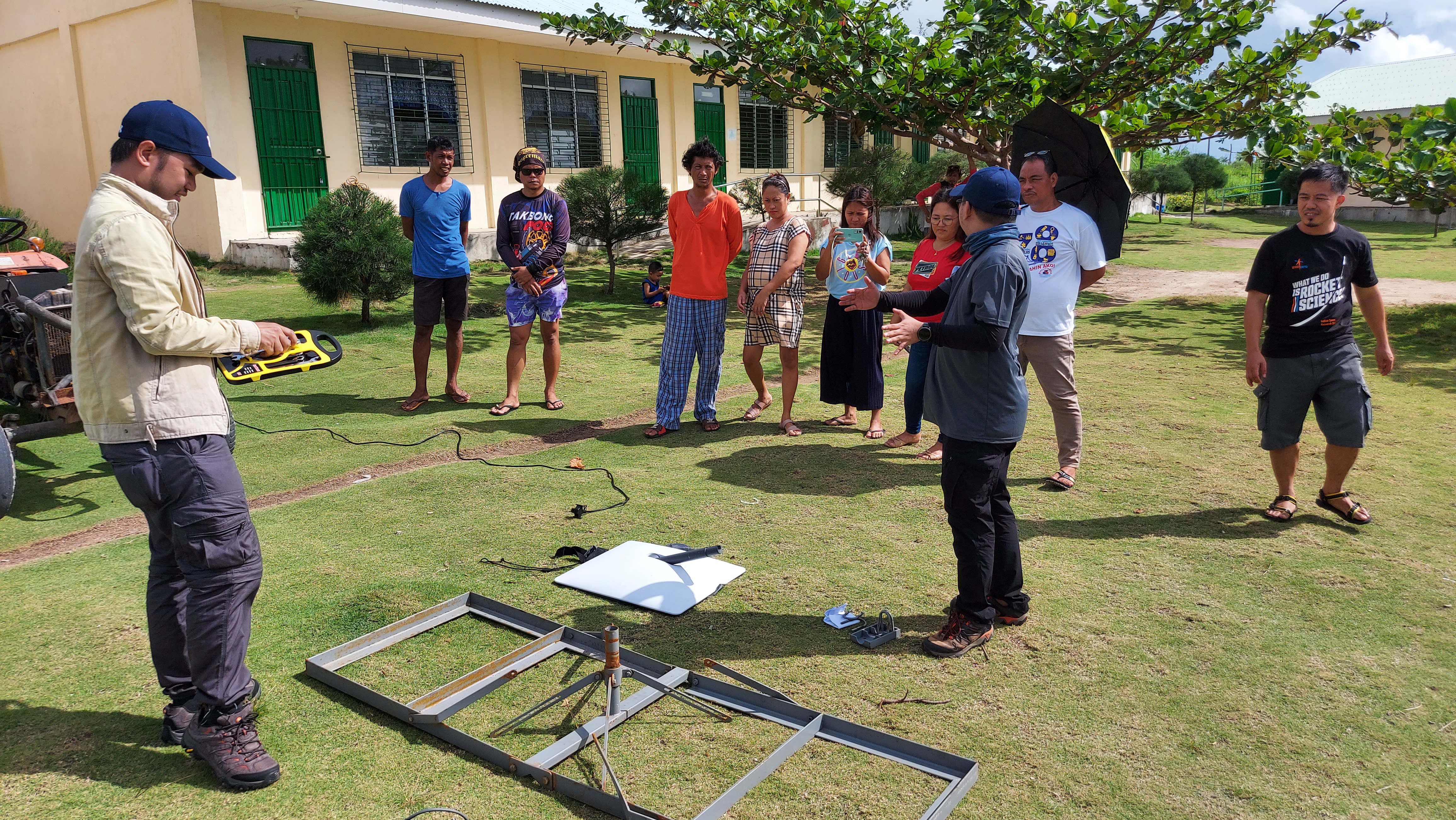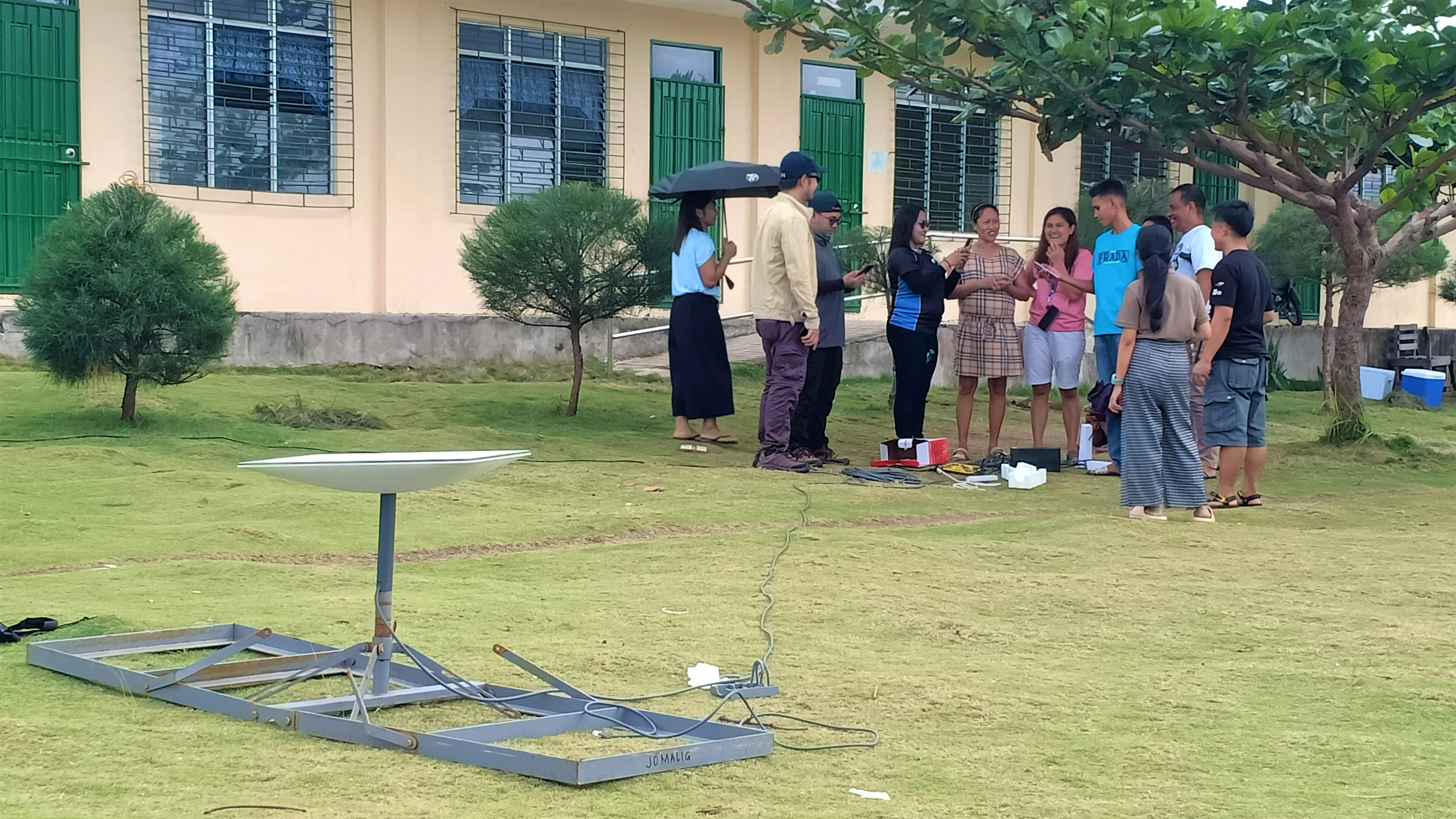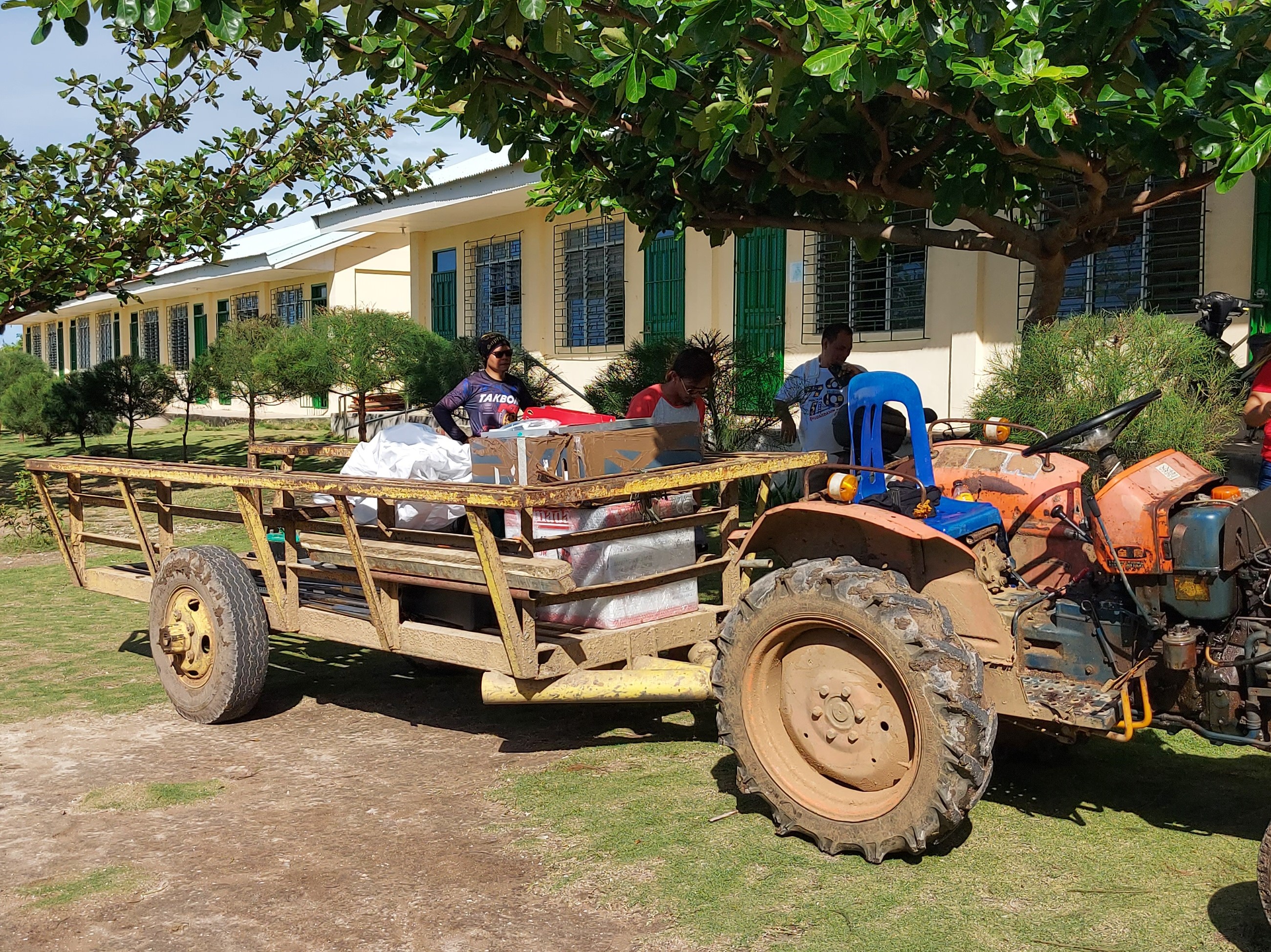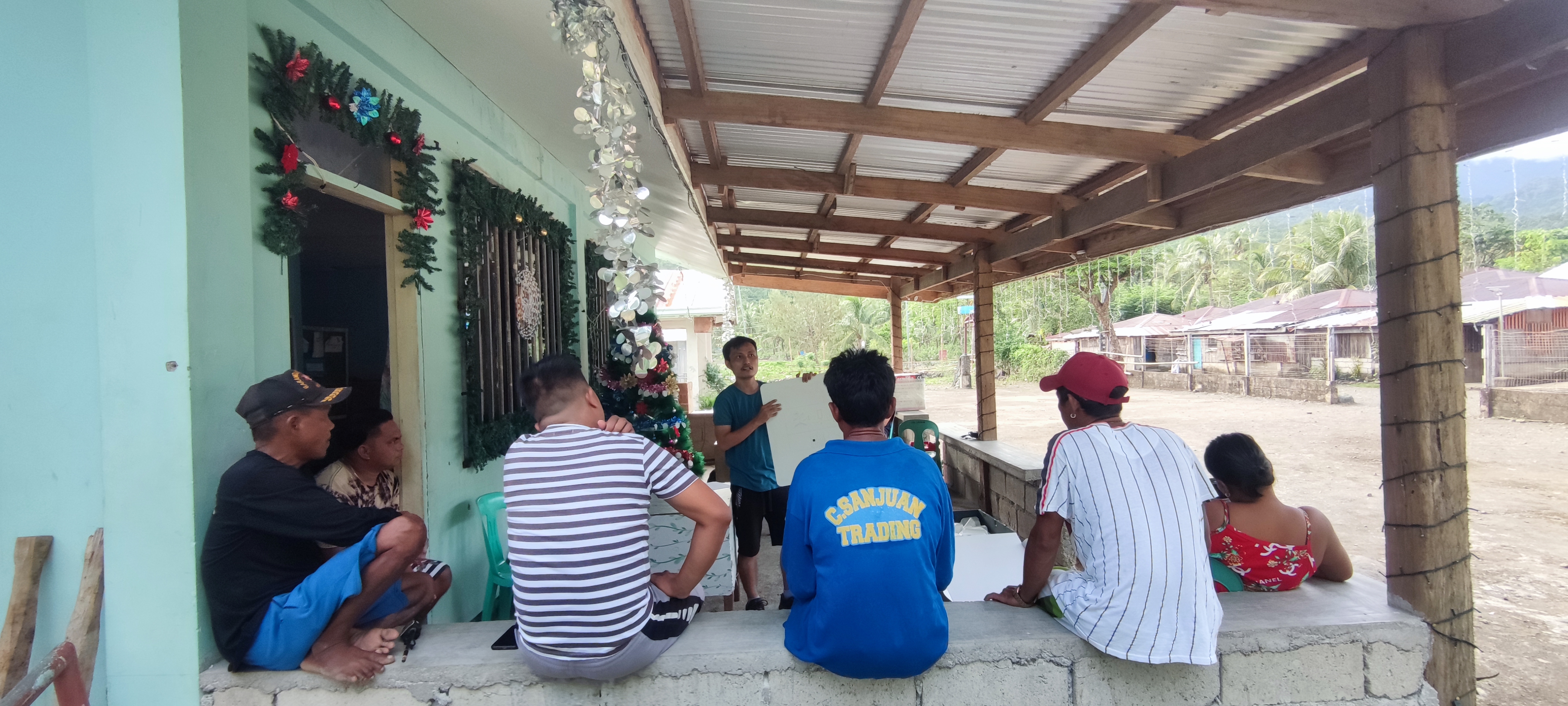The Philippine Space Agency (PhilSA) announced today that it is utilizing Starlink, the satellite network developed and operated by SpaceX, as part of PhilSA’s INCENTIVISE project, or the Introducing Non-Geostationary Satellite Constellations Test Deployment to Improve Internet Services. PhilSA launched the INCENTIVISE open call in October 2021 with the aim of shining the spotlight on the space segment and emerging space technologies for addressing the digital divide in the country. The project is implemented by PhilSA with the Department of Science and Technology-Advanced Science and Technology Institute (DOST-ASTI) and in collaboration with the USAID-Better Access and Connectivity (BEACON).
Starlink kits have been installed by PhilSA in Barangay Apad, Jomalig, Quezon Province, and in Barangay Dikapanikian, Dingalan, Aurora – two geographically-isolated and disadvantaged areas (GIDA) in the Philippines. The deployment in these areas uses Starlink LEO satellites for Internet connectivity with a focus on public education and local governance, where students, teachers and the local government office will have free Internet connectivity for six (6) months. During the demonstrations, PhilSA and other stakeholders will gain insights into the performance of the system in the local setting considering weather and other site conditions.
The Internet connection is a tremendous help according to Dr. Sharon Villaverde, EdD, the Public Schools District Supervisor of the Department of Education in Jomalig, Quezon.
“Malaking tulong ang mabilis na Internet sa mga teachers and students lalo na sa lesson planning dahil may access na sila sa online resources. Nakakapag participate din ang mga guro sa mga online trainings, meetings at events. Mas naging interactive at engaging din ang lessons para sa mga students dahil na-incorporate ng mga guro ang use ng technologies at Internet sa pagtuturo. Bukod dito, nakakatulong din ang pagkakaroon ng signal sa panahon ng sakuna sapagkat ang Brgy. Apad ay malimit daanan ng bagyo. (Having high-speed Internet is a great help to the students and teachers especially in creating lesson plans as they now have access to online resources. Teachers are also able to participate in online training, meetings and events. The students are significantly more interactive and engaged in the lessons since the teachers are able to incorporate new technologies in their lessons. Moreover, having connectivity in times of disasters is helpful especially as Brgy. Apad is frequented by typhoons.)” Dr. Villaverde said.

A Starlink kit was installed at the Barangay Hall of Barangay Dikapanikian in Dingalan, Aurora.
“This initiative is meant to demonstrate the capabilities of new and emerging space technologies, such as Low Earth Orbit Internet satellite constellations, in bridging the connectivity gap especially in remote and rural areas. For our archipelagic and maritime nation, satellites can effectively and quickly provide a canopy of high-speed Internet coverage to communities and nautical highways that open the door to economic opportunities. Satellite overlays complement and coexist with the continuing rollout of terrestrial infrastructure and undersea cables for connecting our many islands,” PhilSA Director General Dr. Joel Joseph S. Marciano, Jr. said.
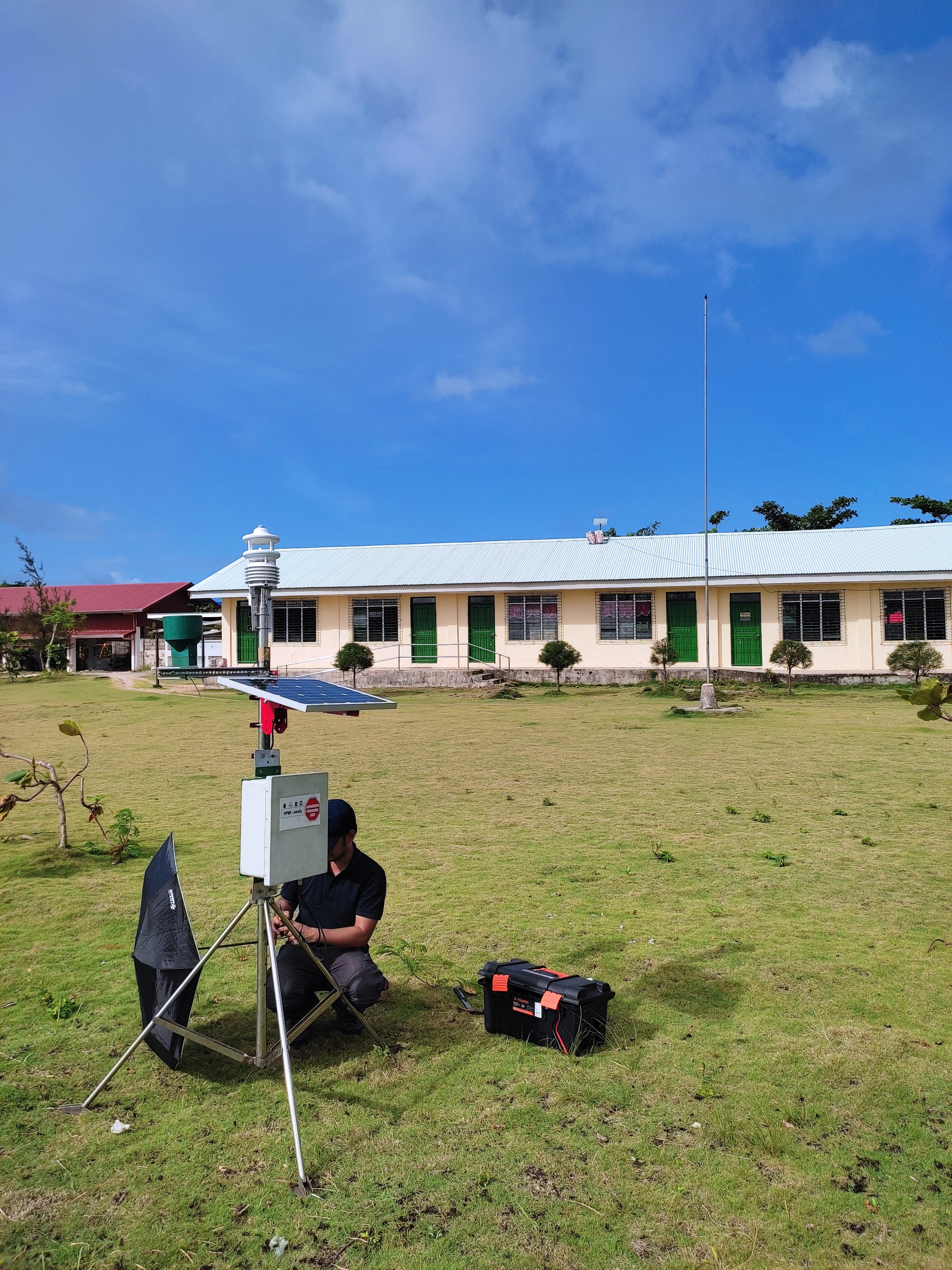
A weather and network performance monitoring system was also installed at the INCENTIVISE site to gather data on weather conditions and Internet status.
SpaceX responded to the INCENTIVISE Open Call in October 2021. According to the US-based company’s website, Starlink offers high-speed connectivity using an advanced satellite constellation that enables lag-free video calls, online gaming, streaming, and other high-data-rate activities. Starlink also features an easy-to-setup system that makes it ideal for bringing the Internet to remote locations where connectivity may have been unreliable or completely unavailable.
Prior to the Starlink deployment in Aurora and Quezon, PhilSA also collaborated with the DOST-ASTI and the Bangko Sentral ng Pilipinas (BSP) in a proof-of-concept for satellite Internet access for rural banks. For those demonstrations, Internet service providers using geostationary satellites were engaged.




